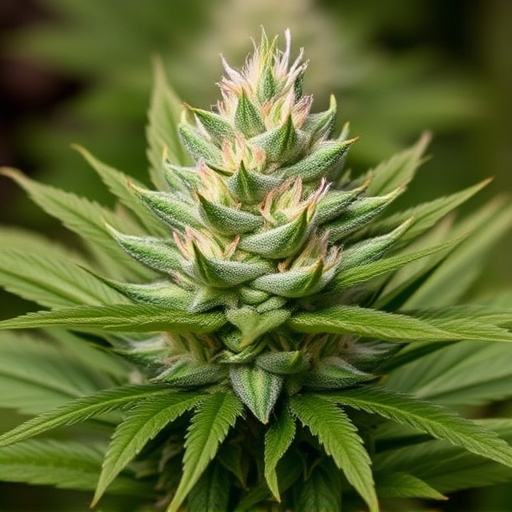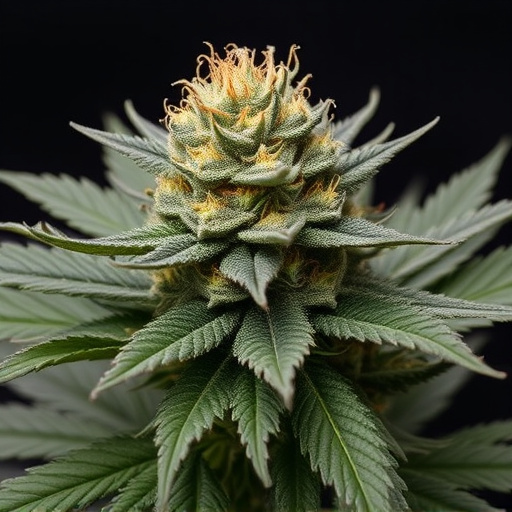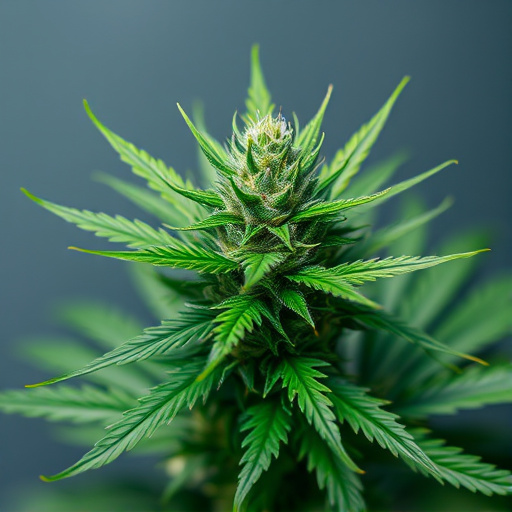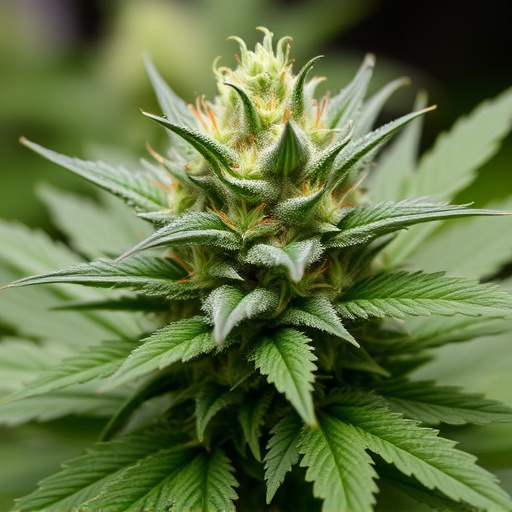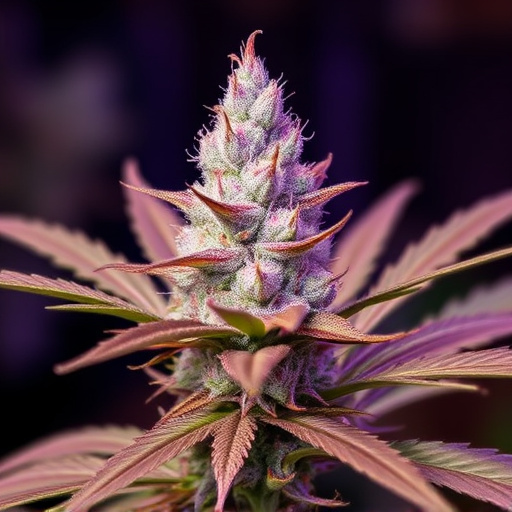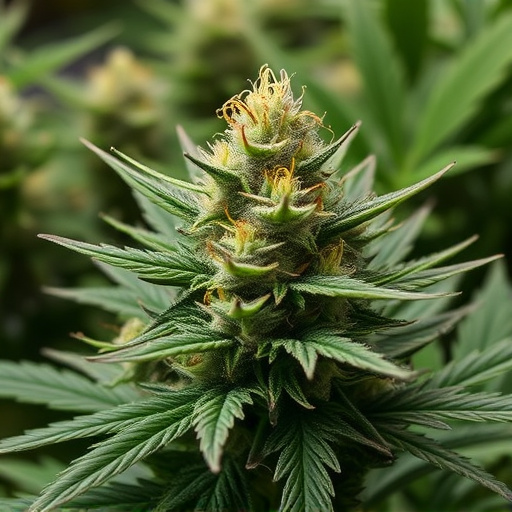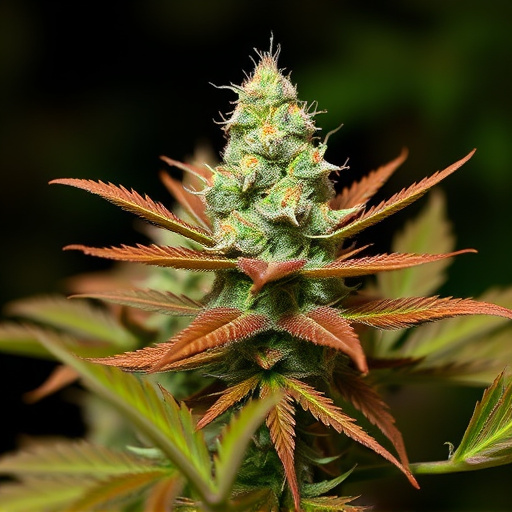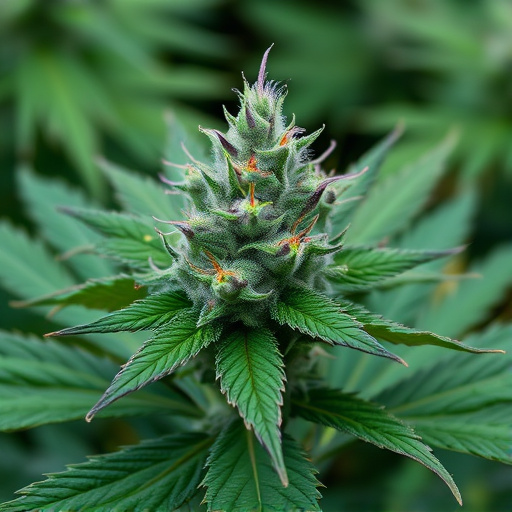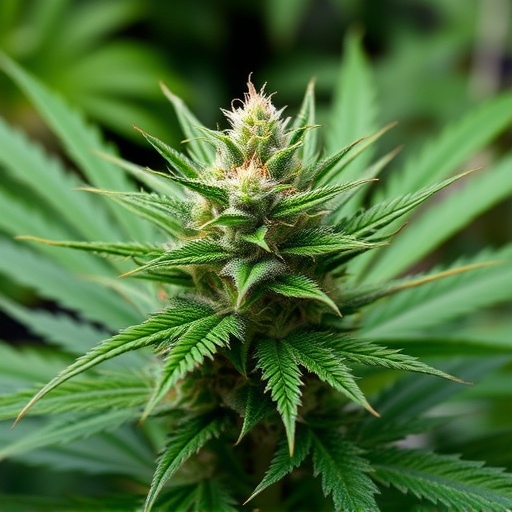The growing popularity of cannabis, particularly high THC content best-selling cannabis strains, has led to challenges in drug testing as users struggle to reduce detectable levels of THC. Traditional tests focus on THC but advanced methods now detect marijuana metabolites for more accurate results. As new strains emerge, understanding how long THC remains detectable in various forms is crucial for fair and effective workplace and legal testing practices.
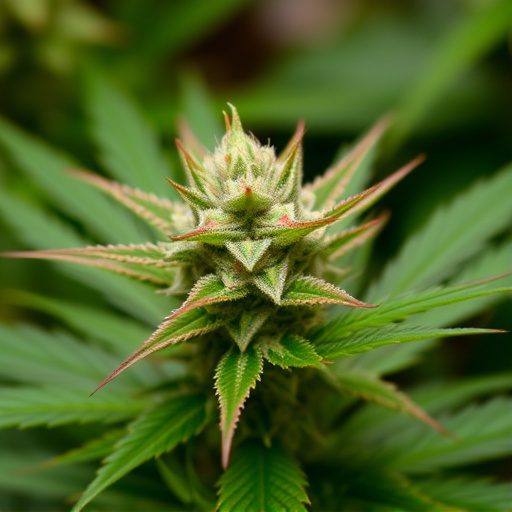
Weed, or more specifically, cannabis, has gained significant popularity in recent years, with many states legalizing its use for both medical and recreational purposes. This shift in legislation has led to a diverse market offering various strains, each with unique properties and effects. Among the best-selling cannabis strains are those known for their high THC (tetrahydrocannabinol) content, which is responsible for the plant’s psychoactive properties. However, this same trait makes cannabis susceptible to detection through drug tests, especially in occupational settings where random testing is common.
When it comes to passing a drug test, many users turn to strategies like reducing consumption or choosing strains with lower THC levels. It’s important to note that while these methods might help, they don’t guarantee negative results. The detectability of cannabis in drug tests also depends on factors like metabolism, frequency of use, and the type of test administered. Understanding these dynamics is crucial for those seeking employment or maintaining compliance with legal regulations, especially given the wide availability of potent best-selling cannabis strains.
model 'aya-expanse' not found
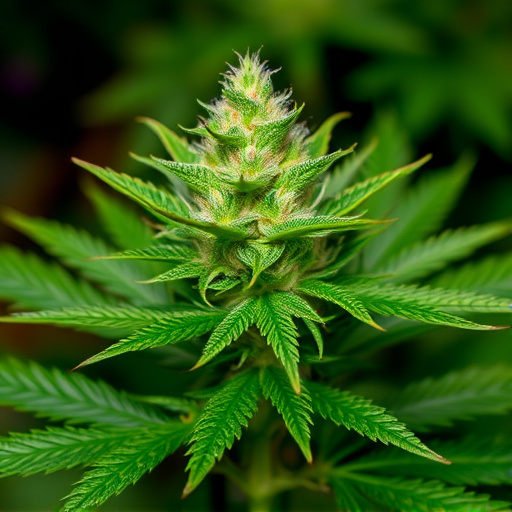
When it comes to drug testing, especially in workplaces and legal settings, the presence of marijuana, or weed, can have significant implications. It’s important to understand that traditional drug tests often look for THC (tetrahydrocannabinol), the primary psychoactive compound found in cannabis. However, the recent surge in popularity of certain best selling cannabis strains has led to advancements in testing methods. These new techniques are designed to detect even trace amounts of marijuana metabolites, ensuring more accurate results.
The concept of ‘aya-expanse’ as a model or technology is not currently relevant in this context. Instead, the focus should be on the evolving nature of drug testing and how it keeps pace with societal changes, especially regarding legal cannabis use. With an increasing number of states legalizing recreational and medicinal marijuana, understanding the duration and detection methods for THC in various forms (edibles, oils, flowers) is crucial to ensure fairness in testing procedures.
While cannabis, or weed, has gained popularity as a legal and medicinal option, understanding its effects on drug tests is essential. The presence of THC, the primary psychoactive compound in marijuana, can linger in an individual’s system for varying periods, depending on consumption frequency and method. Unsurprisingly, best-selling cannabis strains often contain higher concentrations of THC, making them more detectable in routine drug screenings. Therefore, awareness of potential outcomes is crucial, especially when navigating employment or legal scenarios where positive test results could have significant implications.


